The hygienist will do a series of X-rays and check your gum health. The dentist will then come in and do a thorough exam to diagnose tooth decay and any other oral health issues.

Your regularly scheduled check-up is often referred to as a “cleaning”, but there is much more to it than that! The technical term is oral prophylaxis, which means prevention of oral disease. One way to prevent oral disease is to remove harmful plaque and tartar (calculus) both above and below the gum line. You may also be given special instructions on brushing or flossing to keep clean the areas where we found significant buildup. That is the familiar “cleaning” part of your checkup.
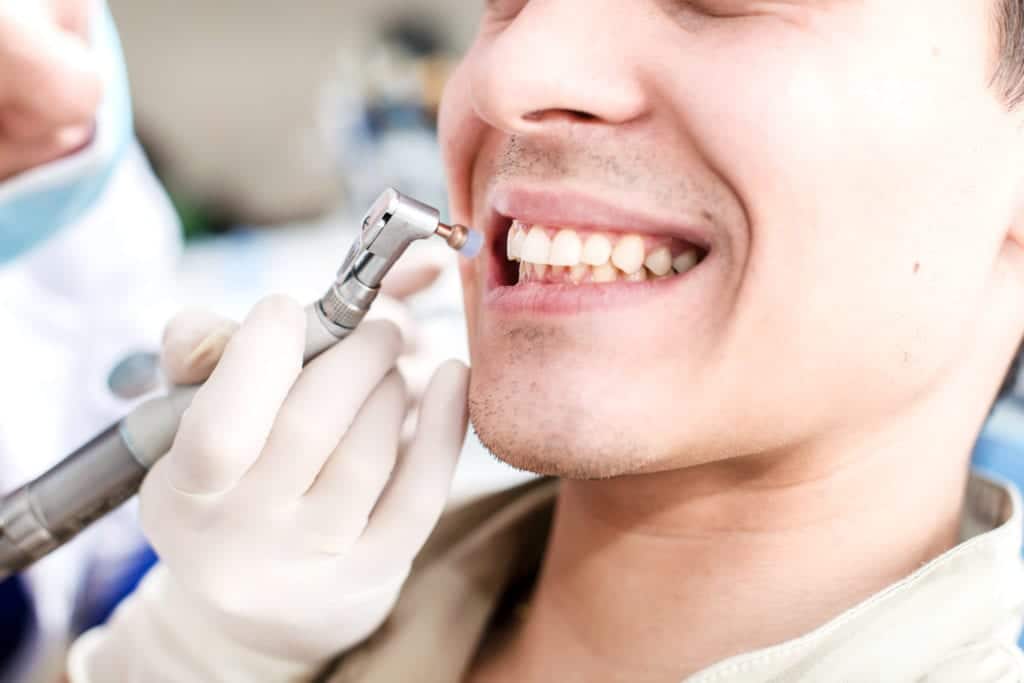
This is a common non-surgical treatment for periodontal disease. By using special instruments, we remove bacteria and infection from the unhealthy deep pockets around the teeth below the gum line. This is often referred to as a “deep cleaning“.
First, the tooth is scaled to remove the plaque and tartar that has accumulated on the tooth. Then the root is planed or smoothed. This eliminates any rough areas on the root that can easily trap plaque and bacteria.
A smooth clean root provides a healthy environment to allow the gums to heal naturally and reattach to the tooth. This will create a reduced pocket, therefore eliminating areas for bacteria to hide and cause further disease.
Scaling and Root Planing combined with a strict home care routine and more frequent periodontal cleanings and exams will increase your chances of keeping your natural smile.
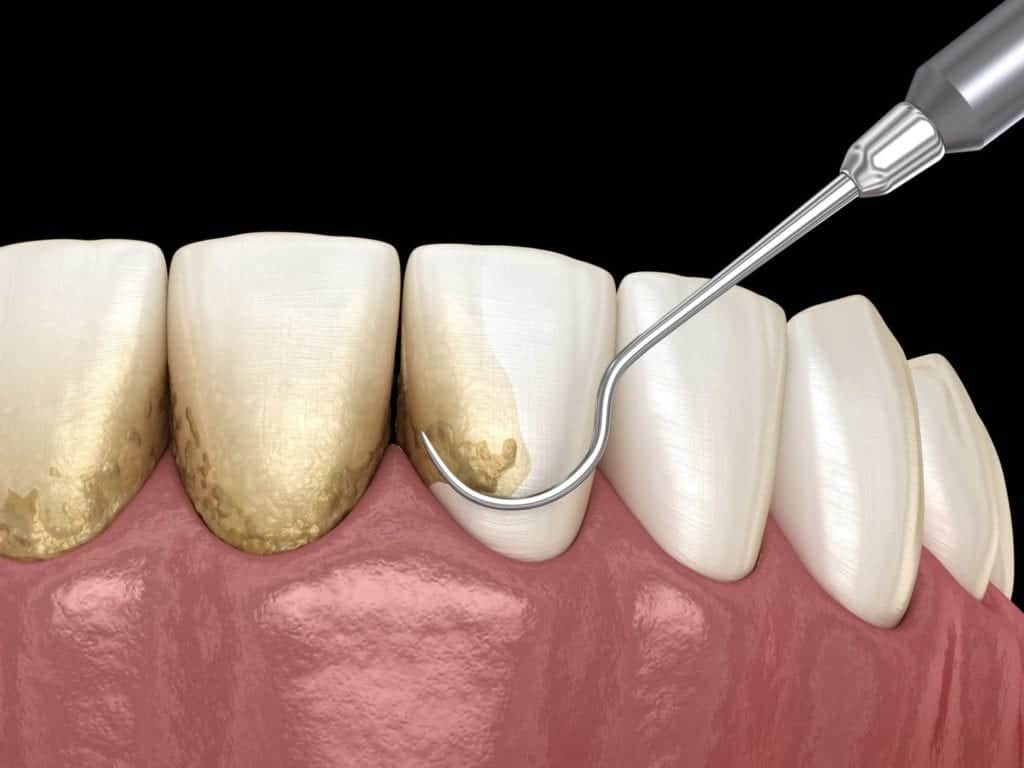
In the past, cavities were a fact of life. But over the last several years tooth decay has been reduced dramatically due to fluoride. Fluoride is beneficial for adults as well as children. Research has shown that fluoride reduces cavities by up to 40% in children and 35% in adults.
Read more about children’s dentistry offered in our office.
The most common area for children to get decay (like most adults) is on their permanent back teeth (molars). The molars have very deep grooves and pits on the chewing surfaces. This is where food and bacteria hide and form cavities. No matter how well your child brushes, it is nearly impossible to remove all of the bacteria.
Read more about children’s dentistry offered in our office.
White fillings are done most all of the time in our office. They are an attractive, durable alternative to silver (amalgam) fillings. White fillings are made of a strong composite resin that is matched to the surrounding tooth color.
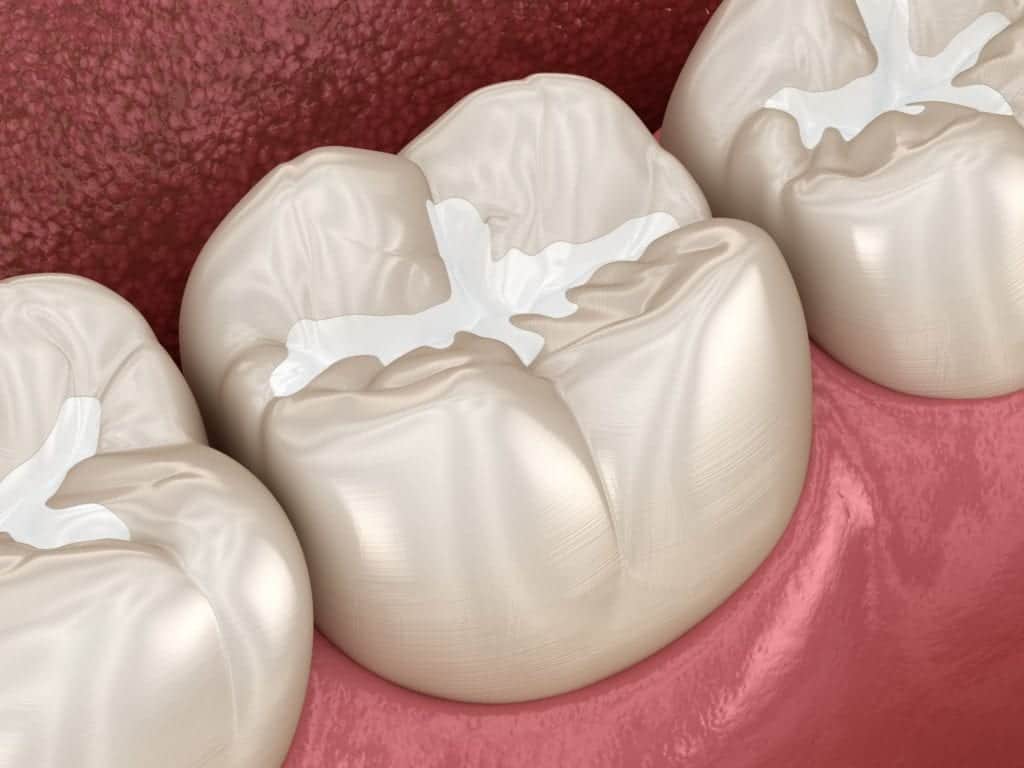
This is a more conservative way to repair teeth that may be crooked, discolored, slightly chipped or to fill in space between teeth (gaps).
When the nerve of a tooth becomes infected or abscessed, Root Canal Therapy is the only way to save the tooth. A tooth can become abscessed as a result of deep decay, a cracked tooth, or trauma to the tooth. The only alternative to Root Canal Therapy is an Extraction.
During Root Canal Therapy, the tooth is “numbed” (just like having a filling). Then the unhealthy nerve is removed and medication is placed in the tooth to treat the bacterial abscess (infection). After the infection is removed and treated, a filling is placed in the roots where the unhealthy nerve was.

A tooth that has undergone Root Canal Therapy is more brittle and must be crowned to give the tooth sufficient strength. The tooth is cared for in the same way as other natural teeth. Brush and floss daily, and visit your us for regular preventative dental check-ups.
A crown fits over the entire top of the tooth above the gum line. Crowns cover, protect, seal and strengthen a tooth. A crown is needed when a filling just will not work.
Permanent Bridge replaces one or more missing teeth. A Bridge will keep teeth from drifting into the space created from a missing tooth and help preserve normal function and normal bite for the jaw joint.
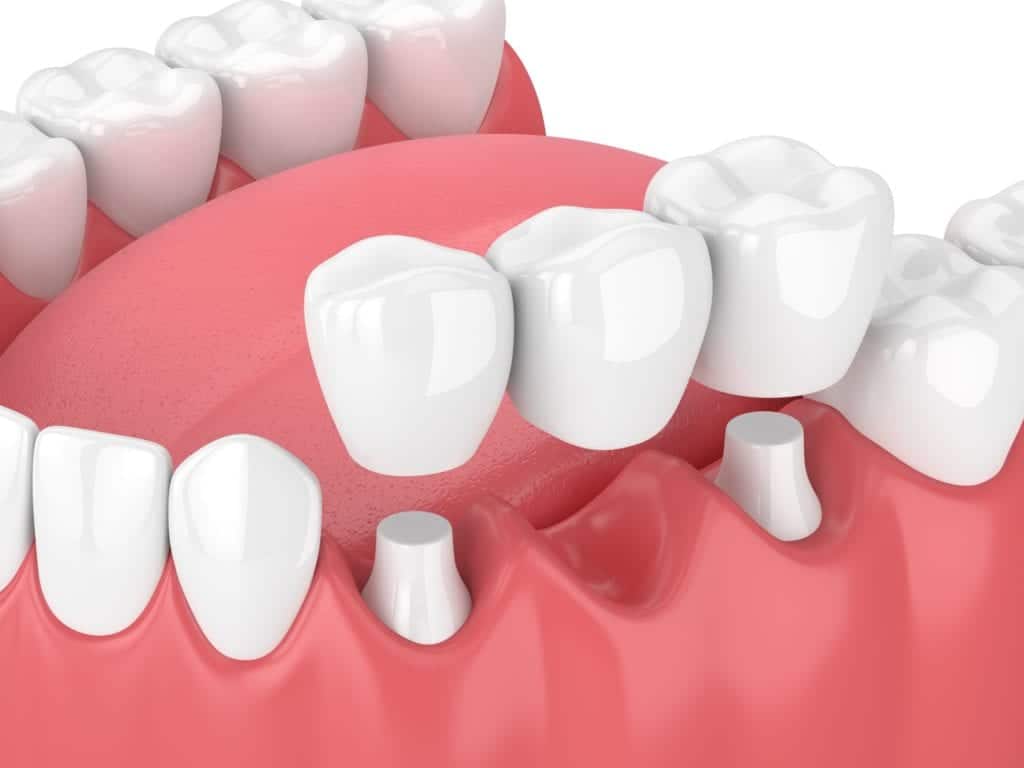
A Permanent Bridge is usually anchored to the teeth on both sides of the space from the missing tooth. This gives the bridge strong support. Brushing a bridge is no different than brushing natural teeth, but special flossing instructions are given to keep the bridge and surrounding tissue healthy.
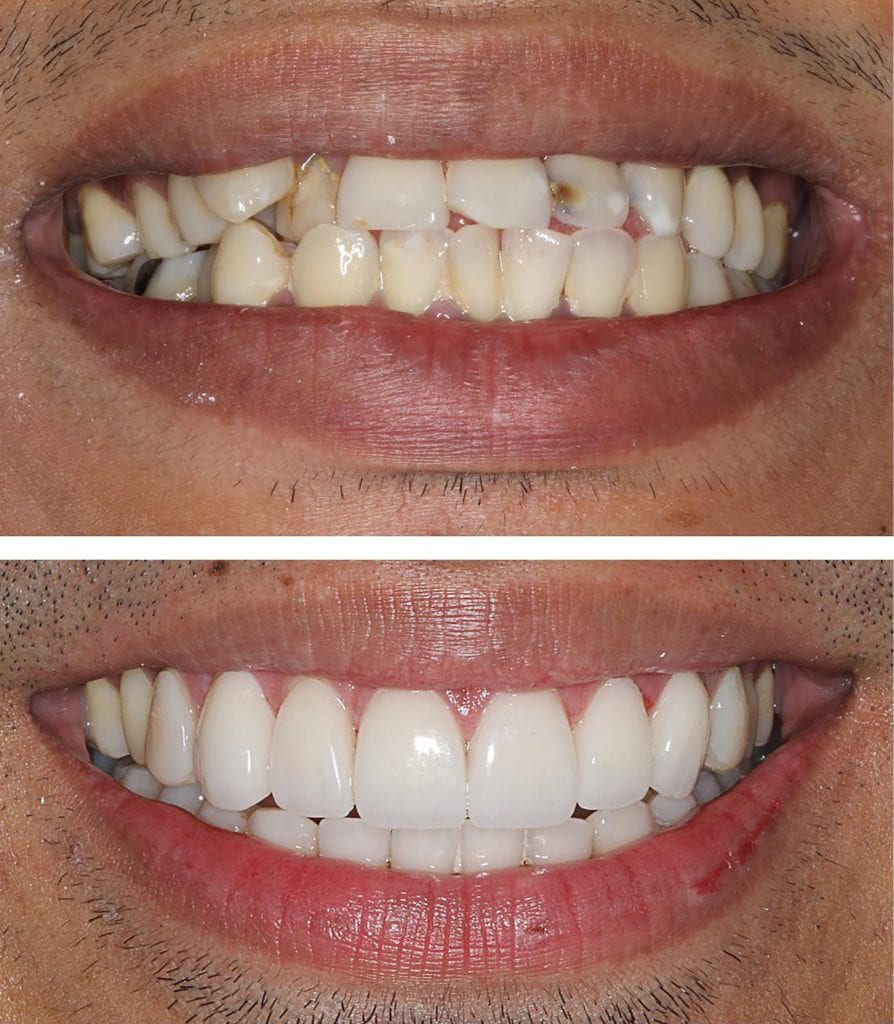
Veneers are custom, porcelain facings that are bonded to the front surfaces of teeth to whiten teeth, close spaces, straighten teeth, or repair chipped or worn teeth. The veneers are only about 1 mm thick (the thickness of a fingernail). That same thickness is “shaved” off the natural tooth surface so when the veneer is bonded to the tooth, the tooth doesn’t feel or look “thicker”.
First, we will make impressions of your teeth so that our lab can create custom whitening trays to fit your mouth. These trays will guide the whitening agent to the areas of your teeth that need to be whitened. We will record the current color of your teeth to help you monitor your progress.
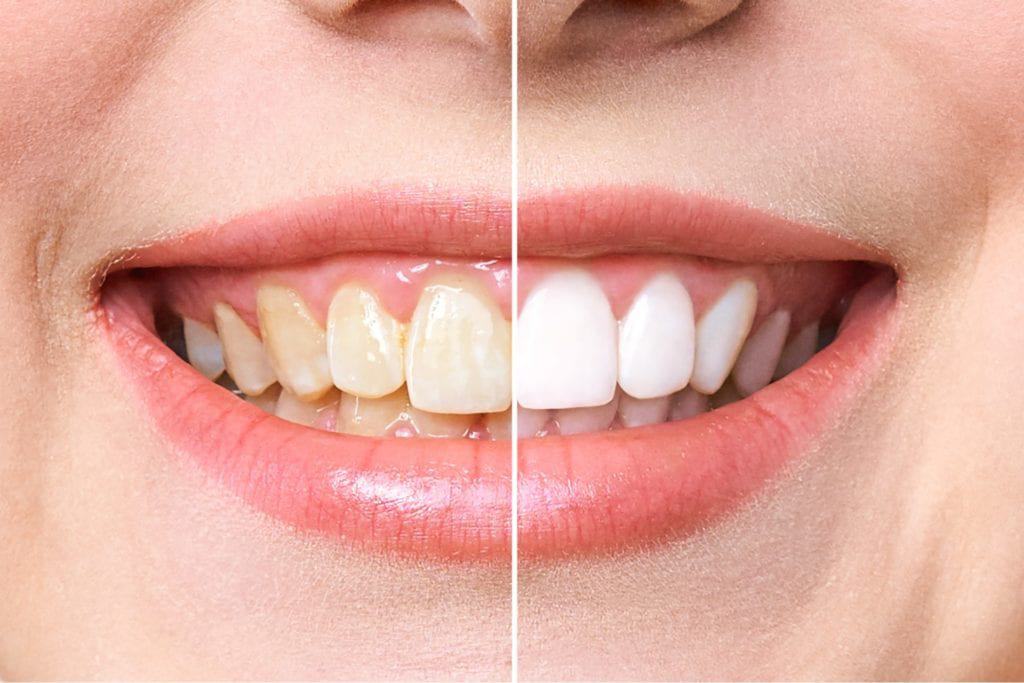
Next, we will fit your custom trays in your mouth to ensure they feel comfortable. We will instruct you on how to apply the whitening agent to your trays and how to insert them into your mouth. You will take the custom trays and whitening agent home with you. The treatment can be applied any time of day since the clear, custom-fitted trays are barely visible and do not interfere with your ability to speak.
We do all kinds of extractions from simple, impacted wisdom teeth and bony extractions. Wisdom teeth are molars that typically appear in your late teens or early twenties. Sometimes they become impacted which cause pain and swelling and need to be removed.
After most permanent tooth extractions a bone graft is recommended. It helps to preserve bone at an extraction site in preparation for future implant or bridge placement. Preservation of bone volume and architecture (shape) is crucial for stability and esthetics.
Dental implants are artificial tooth roots that provides a permanent base for fixed or replacement teeth.
These are used when you have multiple missing teeth. There are partial dentures which are used when missing some teeth and a full denture is when missing all teeth.
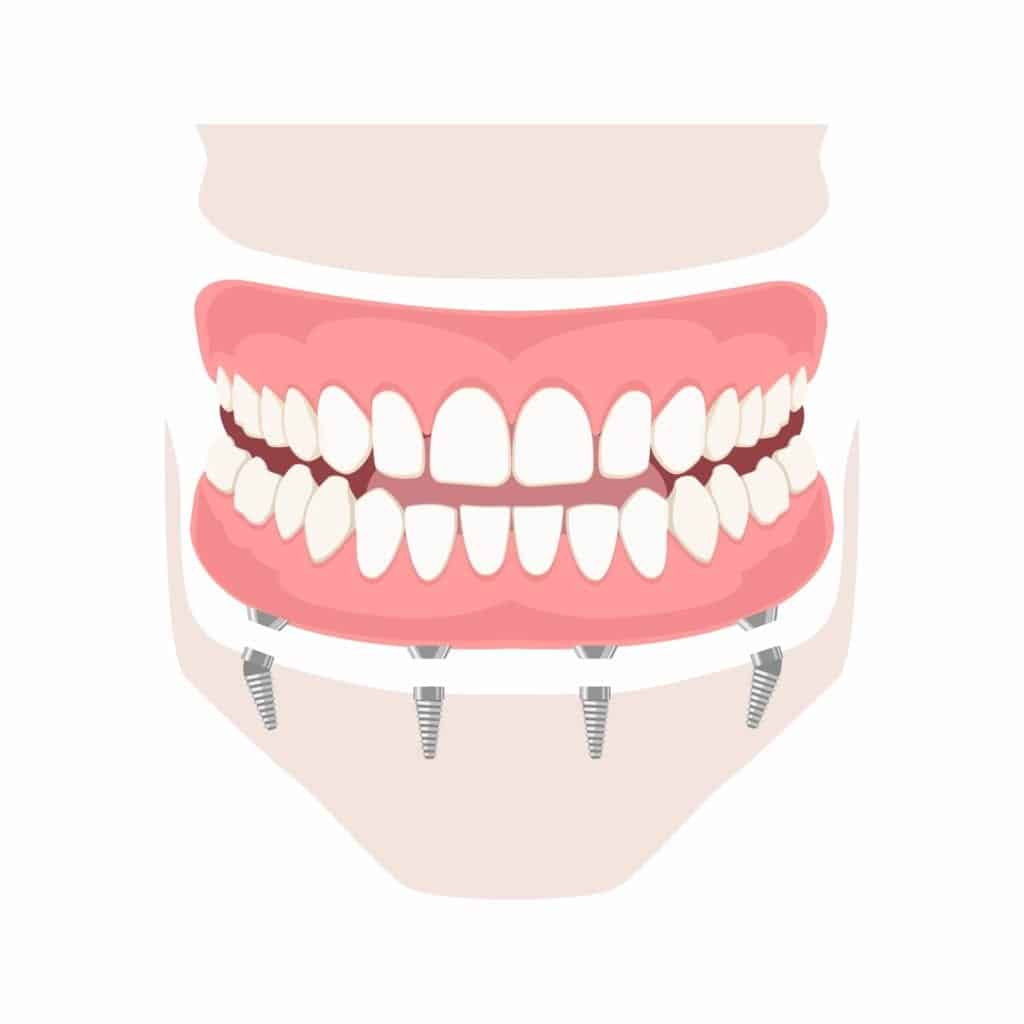
This is used for patients who grind or clench their teeth. It is worn over either top or bottom teeth while you sleep to prevent contact and helps relieve jaw pain. Without a nightguard grinding can cause teeth to wear down, crack or even break.
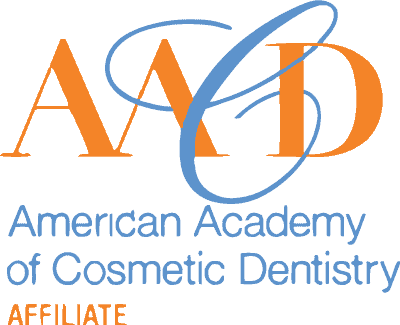
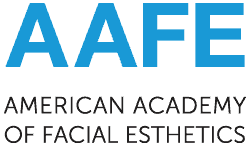


2715 Packard St, Suite B
Ann Arbor, MI 48108
New Patients: (734) 415-4030
Current Patients: (734) 975-6700
8588 N Canton Center Rd
Canton, MI 48187
New Patients: (734) 415-9663
Current Patients: (734) 453-0940
30620 West 12 Mile Road
Farmington Hills, MI 48334
New Patients: (248) 587-8414
Current Patients: (248) 579-0487
18618 Middlebelt Rd, Suite 105
Livonia, MI 48152
New Patients: (248) 587-8638
Current Patients: (248) 579-0618